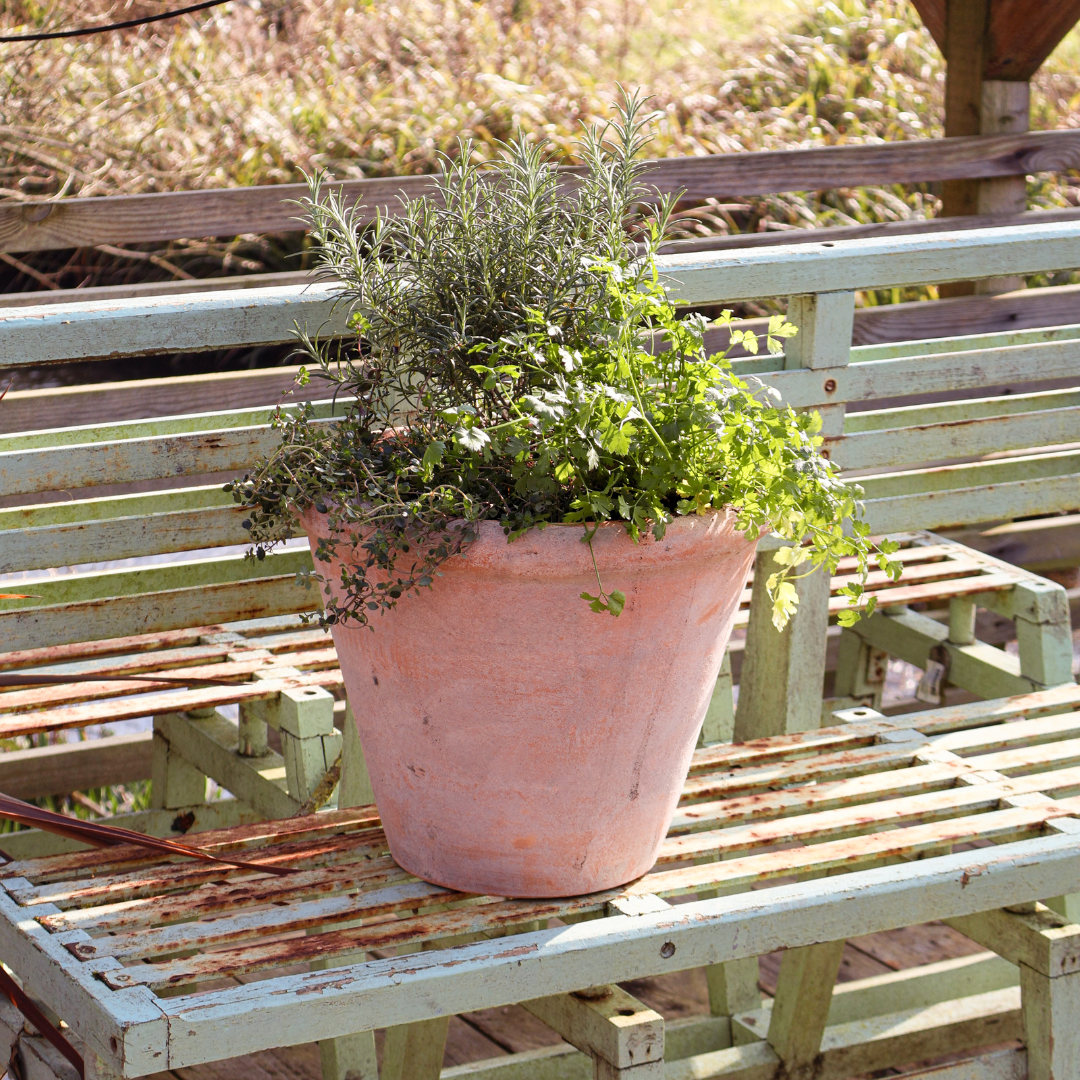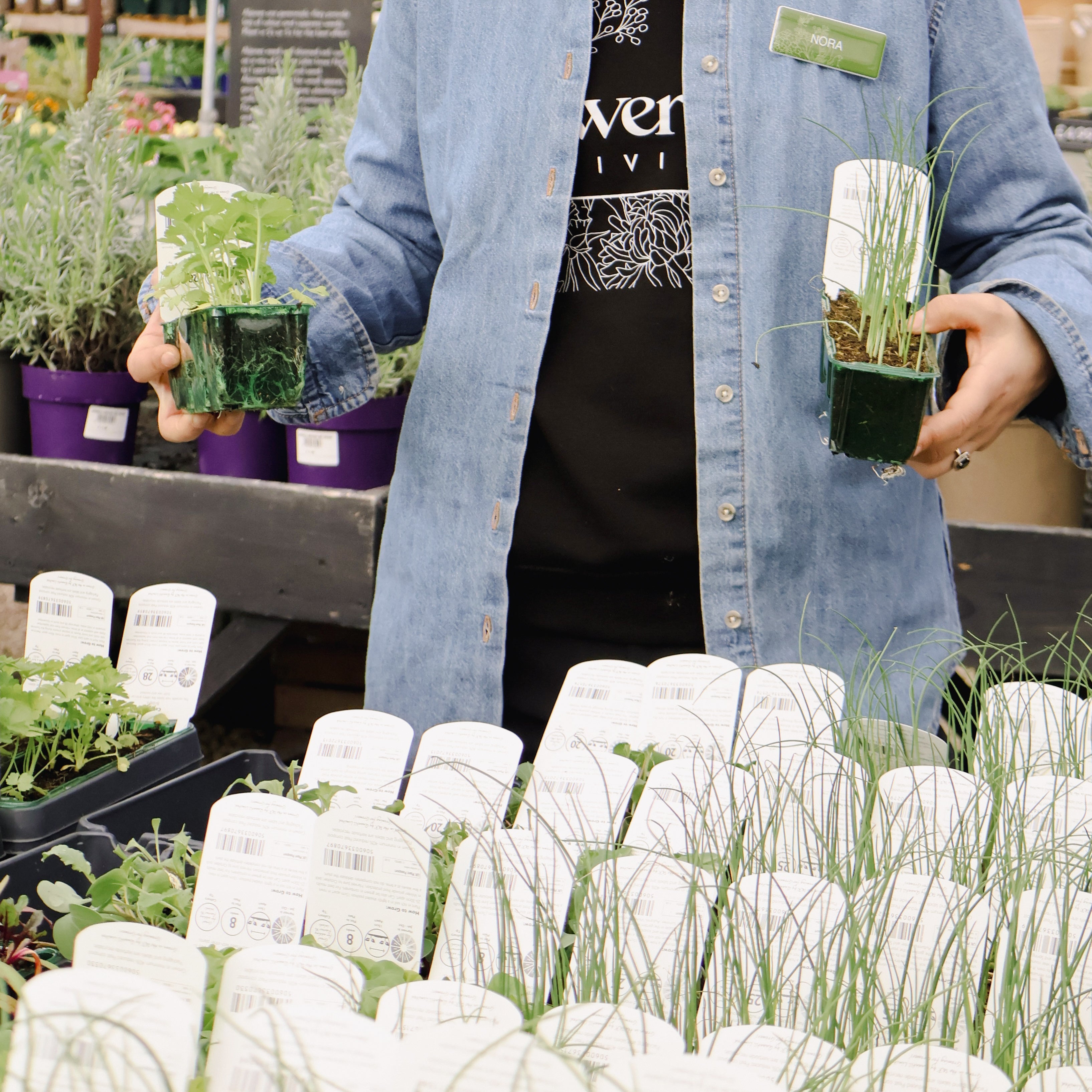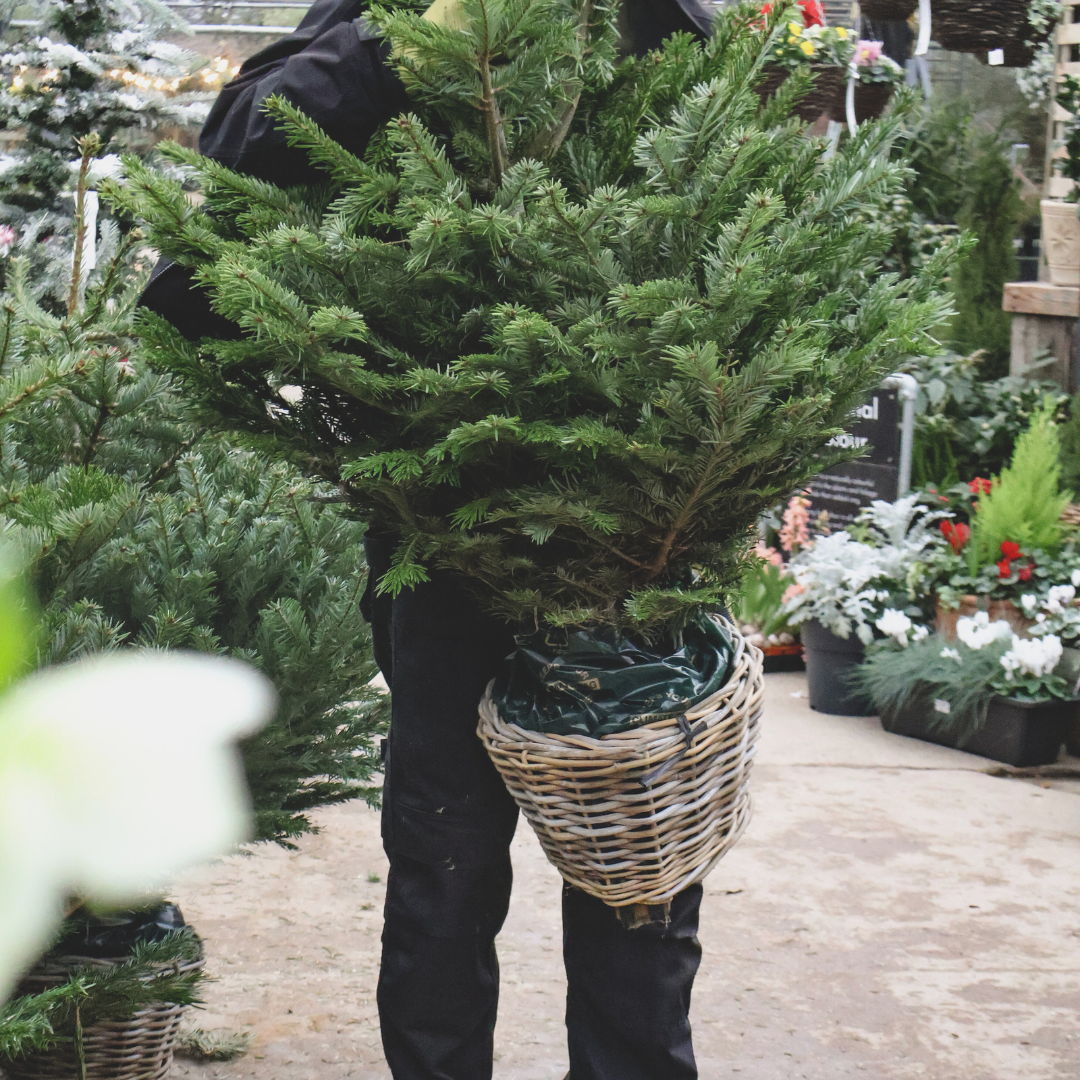Container Gardening for April: Grow Your Garden in Small Spaces

If you're longing to grow your own fresh herbs but don't have a lot of space, container gardening offers the perfect solution. April, with its warmer temperatures and longer days, is the ideal time to start an herb garden in a large pot. Whether you have a small balcony, a patio, or even just a sunny corner in your home, growing herbs in containers gives you the flexibility to enjoy fresh flavors right at your fingertips. Here's everything you need to know about creating your very own herb garden in a pot this spring.

1. Choose the Right Pot
When selecting a pot for your herb garden, size matters. A pot that’s at least 18 inches in diameter gives each herb enough space to grow, but bigger is always better! Look for a pot with good drainage holes to prevent waterlogging, which can lead to root rot. Materials like terracotta, ceramic, or plastic are all excellent choices, but be sure the pot is lightweight enough for you to move if necessary.
2. Pick the Perfect Location
Herbs love sunlight, so choose a location that gets at least 6 hours of direct sunlight a day. If you're growing your herb garden on a balcony or patio, find a spot that gets plenty of sunlight during the day. For indoor gardening, place your pot near a south-facing window where your herbs can bask in natural light. If sunlight is limited, you can supplement with grow lights to ensure your herbs get enough light to thrive.
3. Select the Right Herbs
When it comes to growing herbs in a big pot, the key is choosing varieties that have similar growing needs. Most herbs prefer well-drained soil and sunny spots, but some are more tolerant of shade or dry conditions. Here are a few popular herbs that thrive in containers:
-
Basil: Perfect for warm climates and sunny spots, basil adds a fresh, aromatic touch to dishes like pesto and pasta.
-
Mint: Mint grows quickly and loves the sun, though it can be invasive, so keeping it in a pot helps keep it under control.
-
Rosemary: A hardy herb that does well in containers, rosemary is perfect for adding a savory flavor to meats and roasts.
-
Thyme: This fragrant herb loves the sun and grows well in a container garden, making it a great addition to a herb pot.
-
Parsley: A versatile herb, parsley can thrive in pots, providing a fresh garnish for your meals year-round.
You can also experiment with other herbs like oregano, chives, cilantro, or sage, depending on your culinary preferences.

4. Prepare the Soil
Herbs need well-draining soil to avoid root rot. Start by filling your pot with high-quality potting mix that’s specifically formulated for container gardening. Avoid using garden soil, as it can become too compact in containers and won’t provide the necessary drainage. You can mix in some compost to enrich the soil and provide your herbs with essential nutrients. If you're growing multiple herbs in one large pot, be sure to leave enough room for each plant to spread out.
5. Plant Your Herbs
When planting your herbs, make sure to space them out properly to allow for growth. While it's tempting to overcrowd the pot, each herb needs room to stretch its roots and grow. Generally, space plants about 4 to 6 inches apart, depending on the size of the herb. Gently remove each plant from its nursery pot, loosen the roots, and place it in the new container. Fill in around the root ball with soil, pressing it down gently to remove air pockets. Water thoroughly after planting.



6. Water and Maintain
Herbs in containers tend to dry out faster than those planted directly in the ground, so regular watering is essential. However, make sure not to overwater, as this can lead to root rot. Keep the soil evenly moist but not soggy, allowing the top inch of soil to dry out between waterings. If you’re unsure, a good rule of thumb is to check the moisture by sticking your finger about an inch into the soil—if it feels dry, it’s time to water.
Also, check your herbs regularly for pests, such as aphids or spider mites, especially when they’re young. If you spot any, remove them by hand or wash them off with a gentle stream of water.
7. Harvesting Your Herbs
One of the best parts of growing your own herb garden is being able to harvest fresh herbs whenever you need them. Most herbs can be harvested as soon as they have a few sets of leaves, though it’s best to wait until the plant is well-established for a bigger yield. When harvesting, snip leaves from the top of the plant, taking care not to remove more than a third of the plant at a time. This will encourage further growth and help your herbs stay healthy.
8. Fertilize Occasionally
Herbs in containers deplete the soil’s nutrients more quickly than those in the ground, so a little feeding goes a long way. Use a balanced, water-soluble fertilizer every 4-6 weeks during the growing season. Be careful not to over-fertilize, as this can lead to excessive leaf growth with little flavor.
Creating your own herb garden in a big pot is a fun and rewarding way to grow fresh, flavorful herbs right at home, no matter how much space you have. With just a few simple steps—choosing the right pot, planting the right herbs, and providing the right care—you’ll soon have a thriving container garden full of aromatic herbs ready to enhance your meals. Plus, there's something incredibly satisfying about stepping outside (or to your windowsill) and snipping fresh herbs just moments before you cook.
Happy gardening, and enjoy your culinary creations with homegrown herbs!




